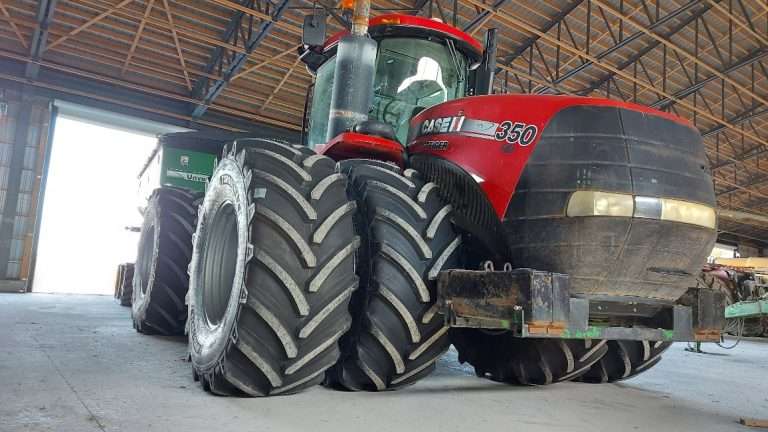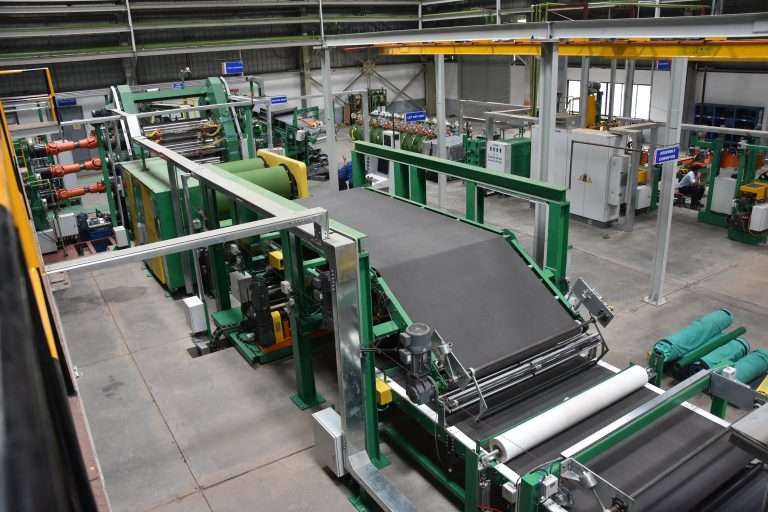ceat-speciality:blogs-tags/all,ceat-speciality:blogs-tags/technology
6 Ways AI Has the Potential to Improve Agriculture In 2023
Tue, 17 Jan 2023 | PRODUCTS
Those in the North American Ag industry know fully well just how hi-tech our industry has become. Well buckle up buckaroos . . . the next few years and decades will see a tremendous technology boost from AI (artificial intelligence).
From leveraging computer vision technology for crop and soil monitoring to disease detection and robots working the fields, the Ag industry is entering a new phase of evolution with AI.
CEAT Specialty Tires is devoted to delivering the latest in farm tire technologies to farms and ranches of all sizes like our Torquemax VF for high power tractors. The company is keeping a close eye on emerging AI technologies for the Ag industry to determine how they will affect tire development. Here are six ways that AI has the potential to improve farming in 2023:
Security — AI and machine learning can reduce domestic and wild animals’ potential to accidentally destroy crops or identify a break-in or burglary at a remote farm location. AI and machine learning video surveillance systems scale just as easily for a large-scale agricultural operation as for an individual farm. Machine-learning based surveillance systems can be programmed or trained over time to identify employees and their vehicles.
Smart Drones — AI and machine learning improve crop yield prediction through real-time sensor data and visual analytics data from drones. This provides entirely new data sets such as combining in-ground sensor data of moisture, fertilizer and natural nutrient levels to analyze growth patterns for each crop over time.
Detecting disease and pests — AI technology helps in detecting disease in plants and pests, as well as poor nutrition in the fields. AI sensors can detect and target weeds and then decide which herbicide to apply within the region. This helps in reduced usage of herbicides and cost savings.
Yield mapping – This agricultural technique relies on supervised machine learning algorithms to find patterns in large-scale data sets for crop planning. Using a combination of machine learning techniques to analyze 3D mapping, social condition data from sensors and drone-based data of soil color, agricultural specialists can now predict the potential soil yields for a given crop.
Pest management — Using infrared camera data from drones, combined with sensors on fields that can monitor plant health, AI can predict and identify pest infestations before they occur.
Robots in the field — There’s a shortage of agricultural workers in many regions in the US and across the world. AI and machine learning-based smart tractors, agribots and robotics will increasingly become (sooner than you think) a viable option for agricultural operations that struggle to find workers. For instance, self-propelled robotics machinery can be programmed to distribute fertilizer on each row crop to help keep operating costs down and further improve field yields.
Technology will be the key to feeding and clothing the world’s ever-increasing population, a task made even more difficult by the adverse effects of global warming. CEAT Specialty Tires is committing substantial R&D resources to design and manufacture next generation tires for farm tractors and implements. The company is paying close attention to how AI and machine learning technologies will affect farming practices, particularly as they relate to tires.






















